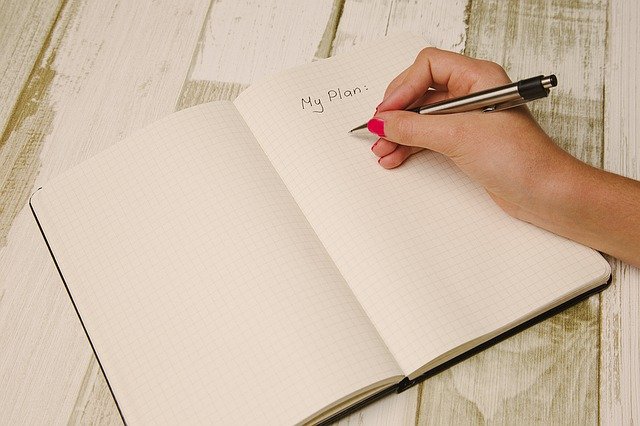[The guide isn’t mine and I’m not affiliated with it, I’m just sharing a mind-blown moment for me.]
Over the years, I have gathered many notebooks that admittedly not all contain very important information and take up a lot of space (possibly a cubic meter or more). But being kind of a (data)hoarder, I dont want to just throw them away. It’s work that took years.
My solution: scanning them. My phone has a built-in camera scanner that does a suprisingly good job (it helps that the camera is kinda good too), so I have scanned thousands of pages so far. But the process is slow and takes a lot of manual labor (flipping pages, aligning pages, retaking bad photos, creating pds etc.). A typical notebook (~120pages) may take me 15minutes or more.
So I thought that maybe I could speed up the process (partially at least) by either buying a scanner or paying someone to scan them (I don’t have a proper scanner, yet). Removing the pages without damaging them is a challenge though. That’s where the guide in the link comes in: it turns out it’s very easy to remove the spiral spring from the notebooks! I was gonna pull the pages until I found that guide. I suppose it’s also very easy to remove the staples from staple-bound notebooks too. I might just have “won” many hours of my life with this idea.
The video in the guide that helped me:
https://www.youtube.com/watch?v=lfMUVpwLZGM
(For the record, my xiaomi 10 phone can scan items by creating ~20MP images which translates to typical-to-high resolutions if I scan A4 or A5 pages. Fortunately, many scanners can reach that quality. I just need them not to apply any weird effects or compression to the scanned document.)
I use a notebook that’s compatible with erasable pens. The “paper” is basically a plastic film, and you can write/erase/rewrite on them for many, many years. After I’m done with a particular page/note, I’ll scan it (with my phone) into my NAS’ storage.
I can’t imagine using paper and unbinding the notebook. LOL
I scanned all my college notebooks many years ago. Have this little handheld scanner called an CapShare by HP and on a rainy day one weekend scanned them all in. Only takes up ~250MB
Wow, in a single day? And only 250mb? Nice
Maybe two days, Sat and Sunday. Then simple black and white images don’t take a lot of space. 2857 files. 252mB
A cubic meter of notebooks? Holy shit. That’s about… 2145 A5 moleskines. Surely you are overestimating.
The math:
1/(0.21*0.148*0.015)I might oversetimate, I dont have all the boxes in front of me now to measure. I think I have around 4 boxes though, around 50x30x40cm each, plus some random heaps of books scatterred around…😬
If you can notice, this size of boxes is very inefficient. An A4 paper is around 30x21cm. If the boxes were slightly bigger, they could fit 4 stacks of A4-sized books. They way they are though only allows for ~2 heaps, leaving a lot of empty space (though they might arent strong enough to support a completely full box). It essentially increases the total used space ~1.5 times.
I even made my custom box once of “proper” size (to fit 4 stacks of A4 books).
Also, it’s not just a5 notebooks. About half of the notebooks are a4 and I have many books which I used to take notes from. I try to scan them too, the pages which have notes of mine at least.
I know, it’s a mess and while I’ve scanned possibly ¼-⅓ of the total mass, I still have a lot more and I create more as time passes.
I might either buy a scanner with autofeeding or find any place that can properly scan my stuff for cheap.



